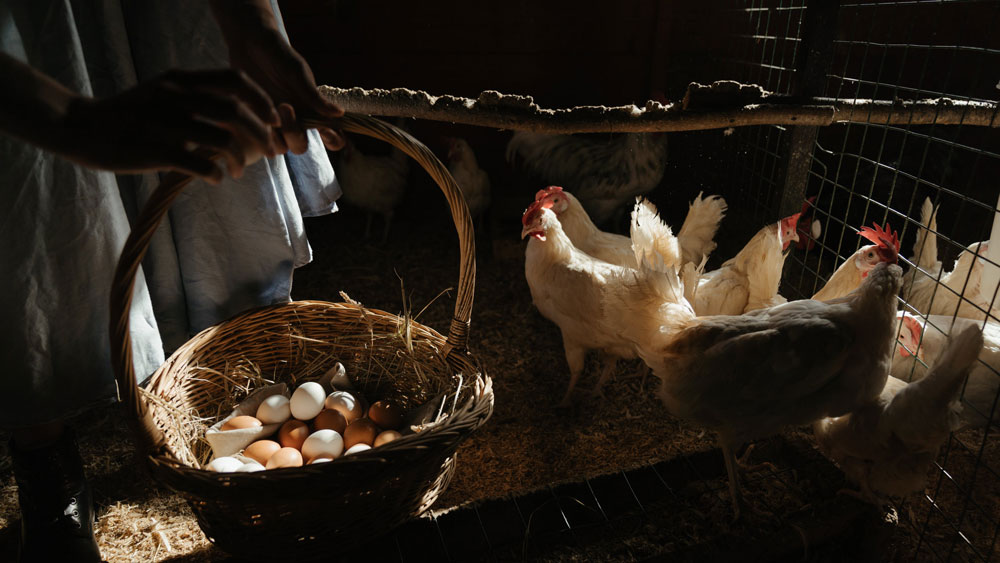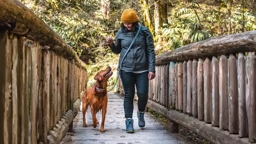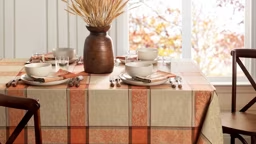
Written by Danika Kimball
Cabin living has long been synonymous with a simpler, more connected way of life. In recent times, there has been a resurgence of interest in homesteading, where individuals seek to merge the tranquility of cabin life with the principles of modern sustainability. This article explores the art of homesteading in a cabin, focusing on the delicate balance between time-honored traditions and cutting-edge sustainable practices.
Embracing Tradition in Cabin Homesteading
The charm of cabin living lies in its rustic simplicity. The first part of our journey into the art of homesteading in a cabin involves embracing traditional practices. This might include cultivating a small herb garden, woodworking or embracing the art of preserving food through canning and fermentation. These time-tested techniques harken back to a simpler era and lay the foundation for self-sufficiency.
Modern Technology Meets Homesteading
While tradition forms the backbone of cabin homesteading, the integration of modern technology can enhance sustainability. For instance, solar panels and wind turbines offer a renewable energy source, allowing cabin dwellers to power essential appliances while remaining off the grid. The juxtaposition of old-world charm with cutting-edge solutions creates a unique and efficient homesteading experience.
Small Livestock and Permaculture
Homesteading in a cabin need not be limited to plant-based sustainability. Incorporating small livestock, such as chickens for eggs or goats for milk, adds a dynamic element to homesteading. Pairing this with permaculture principles — designing sustainable, self-maintaining ecosystems — creates a harmonious balance between flora and fauna. The cabin becomes not just a dwelling but an integral part of a thriving ecosystem.
DIY Projects for Sustainable Cabin Living
One of the joys of cabin homesteading is the opportunity for hands-on engagement in creating a sustainable environment. DIY projects can range from constructing a rainwater harvesting system to repurposing materials for insulation. These endeavors contribute to self-sufficiency and foster a deep connection to the cabin and its surroundings. The satisfaction of crafting one's sustainable solutions amplifies the sense of achievement in cabin living.
Rainwater Harvesting System
Rainwater is a valuable resource, especially in off-grid cabin living. Constructing a rainwater harvesting system is a practical DIY project that involves installing gutters on the cabin roof, directing rainwater into storage containers and implementing a filtration system. This project provides a sustainable water source for gardening, livestock and even household use.
Upcycled Insulation Solutions
Insulating a cabin is crucial for energy efficiency, but it doesn't have to involve expensive materials. DIY insulation projects can include using recycled materials like denim or newspaper for walls and ceilings. Crafting window quilts or draft stoppers adds an extra layer of insulation, keeping the cabin comfortable without relying heavily on external heating or cooling.
Crafting Your Own Wardrobe
In the spirit of self-sufficiency, creating your own clothing can be a rewarding and sustainable endeavor. Designating a dedicated and organized sewing room in your cabin transforms it into a DIY clothing haven, involving setting up a space equipped with essential sewing tools, a sewing machine and storage for fabrics. Invest in quality sewing tools and source sustainable fabrics to minimize environmental impact. Organize the room efficiently, focusing on upcycling and repurposing projects that breathe new life into old garments. Enhance your sewing skills with workshops and skill development, fostering a sense of collective learning within the cabin community.
Solar Dehydrator for Food Preservation
Preserving the harvest is a key aspect of sustainable living. A solar dehydrator, crafted from simple materials like plywood and glass, allows cabin dwellers to dry fruits, herbs and vegetables using the power of the sun. This DIY project reduces reliance on electric dehydrators and extends the shelf life of produce.
Energy-Efficient Design and Off-Grid Living
The architectural design of a cabin plays a pivotal role in sustainability. Energy-efficient design elements, such as maximizing natural light, utilizing thermal mass and incorporating passive solar heating, can significantly reduce the need for external energy sources. Off-grid living becomes a reality as cabins are strategically designed to harness natural resources, minimizing their environmental impact while maximizing comfort.
The Importance of Water Management
In any homesteading endeavor, water is a precious resource. Efficient water management is crucial for sustainable cabin living. This includes setting up rainwater harvesting systems, implementing water-saving practices and exploring water purification methods. A holistic approach to water management ensures a steady and sustainable supply, crucial for both consumption and the health of the surrounding ecosystem.
Cultivating a Garden in Limited Spaces
Homesteading in a cabin often means working with limited space. However, this limitation need not hinder the cultivation of a thriving garden. Vertical gardening, container gardening and companion planting are techniques that maximize space while providing a diverse and sustainable harvest. These methods showcase the ingenuity required for successful cabin homesteading, where every inch of land is utilized purposefully.
Preserving the Harvest: A Homesteader's Pantry
An essential aspect of cabin homesteading is preserving the seasonal bounty for year-round sustenance. Canning, drying and fermenting become practical skills and art forms. A homesteader's pantry, stocked with preserved fruits like apples and pears, vegetables like avocados and fermented goods like kimchi, is a testament to sustainability's cyclical nature. The cabin dweller learns to live in harmony with the seasons, making the most of nature's offerings.
The Community Aspect of Cabin Homesteading
Homesteading in a cabin doesn't mean isolation; rather, it provides an opportunity to build a community of like-minded individuals. Cabin dwellers can share resources, knowledge and experiences, creating a network of support. This community aspect enhances sustainability by encouraging the exchange of ideas, materials and even surplus produce. The communal spirit becomes an integral part of the homesteading journey.
Embracing the art of homesteading in a cabin involves learning from the past, incorporating modern innovations and cultivating a deep connection to the environment. The result is a sustainable, self-sufficient way of life that respects the roots of cabin living and looks toward a greener, more resilient future. As cabin dwellers navigate the delicate balance between tradition and modernity, they find themselves not just living in a cabin but actively contributing to a legacy of sustainable homesteading.










